Metformin: Study
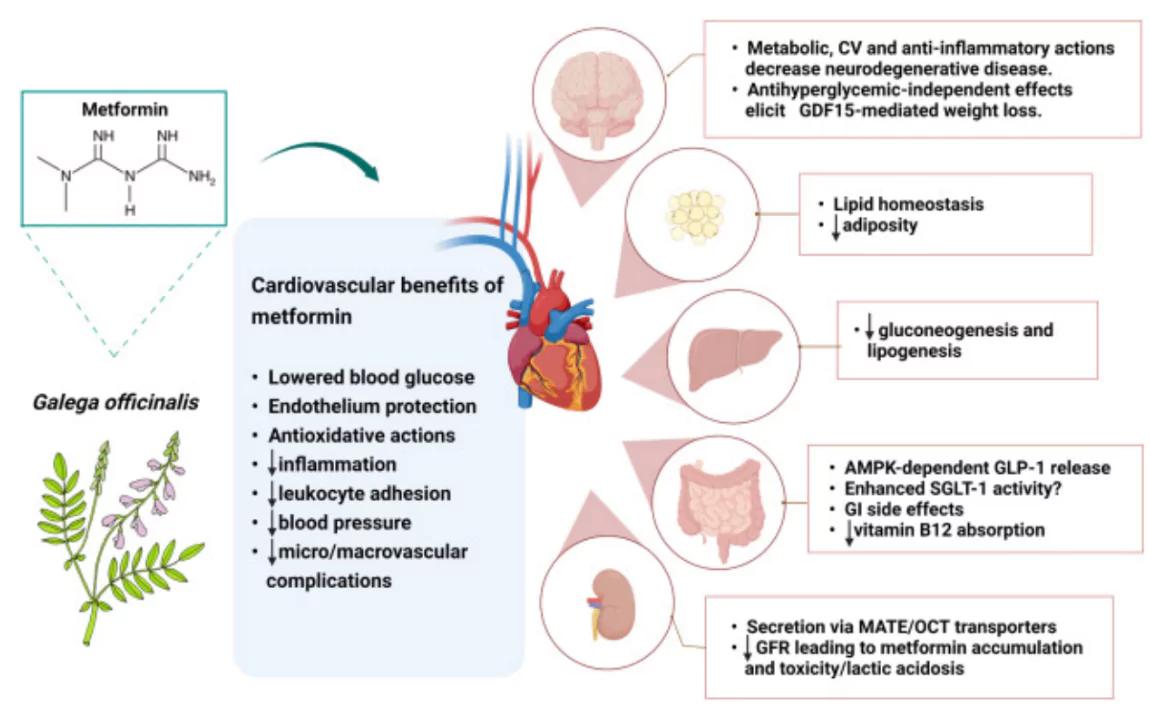
|
Context: A study titled ‘Metformin decelerates ageing clock in male monkeys’ found that metformin, a common diabetes drug, slows ageing in male monkeys, particularly in their brains.
What is Metformin?
- Metformin is an anti-diabetic medication (biguanide)
- It is widely used to treat type 2 diabetes mellitus and polycystic ovarian syndrome (PCOS).
- It was first introduced for diabetes treatment in France during the 1950s.
- Metformin is derived from guanidine, a compound found in Goat’s Rue, a herbal medicine that has been used in Europe for a long time.
- Benefits of Metformin
-
- Metformin has effects beyond controlling diabetes.
- It reduces the risk of cancer.
|
Windfall Tax
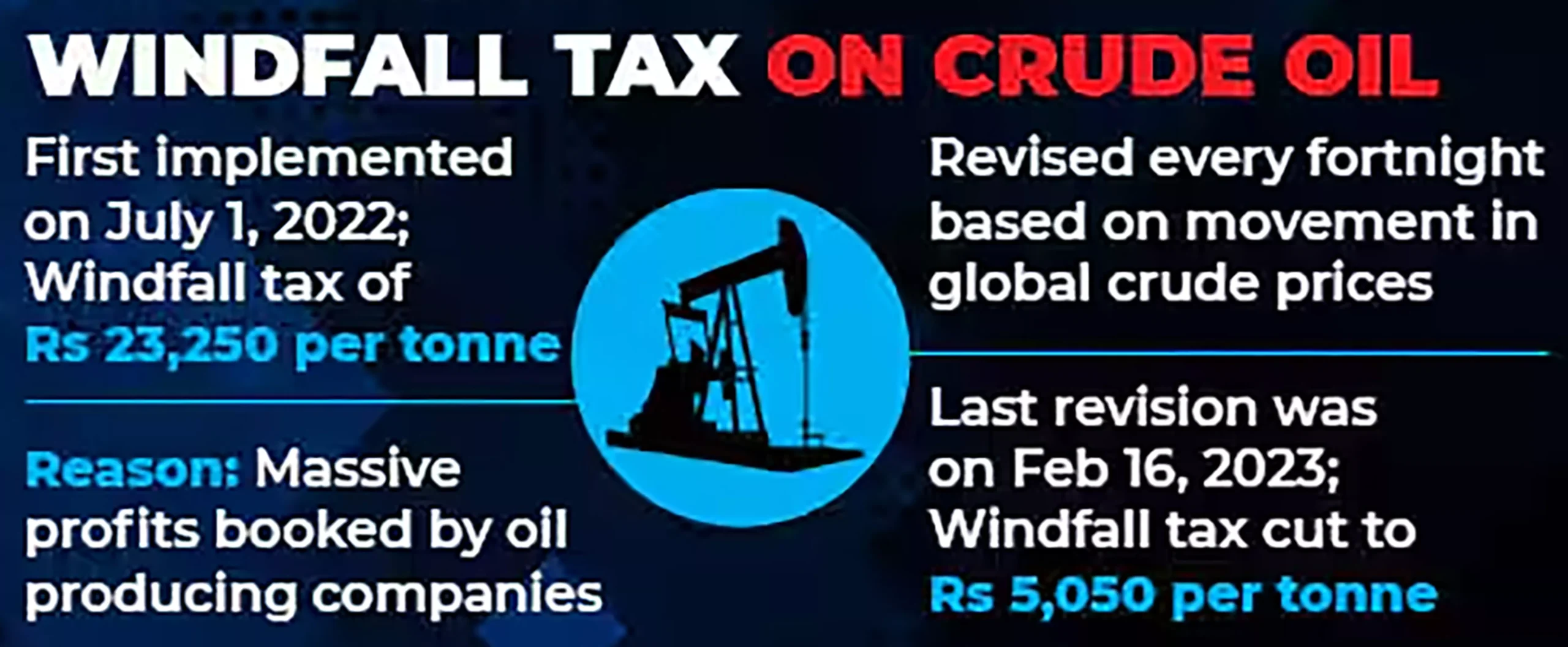
|
The government slashed windfall tax on domestically Produced crude oil to ‘nil’ per tonne with effect from September 18.
About Windfall Tax:
- A windfall tax is a higher tax levied by the government on specific industries when they experience unexpected and above-average profits.
- For Example: Windfall tax was levied on the oil companies of the United States in the 1980s. There was a sudden rise in oil prices due to the crisis of oil in 1979, leading to windfall gain for the companies in the sector later on.
- Purpose: To redistribute excess profits in one area to raise funds for the greater social good.
- Introduction of Windfall Tax in India: To address the shortage of energy products on the domestic market, the Indian government added a special additional excise duty on the export of gasoline and diesel, known as the Windfall Tax, on July 1st, 2022.
|
Karam Parv
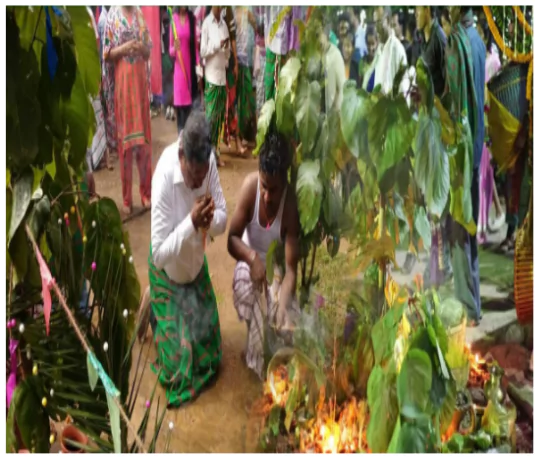
|
Context: Recently, the tribal populations in Jharkhand, West Bengal, Bihar, Madhya Pradesh, Chhattisgarh, Assam, and Odisha celebrated the harvest festival of Karma or Karam Parv.
- About Karam Parv: Karam (colloquially Karma) is a harvest festival dedicated to the worship of Karam-Devta (Karam-Lord/God), the god of power, youth and youthfulness.
- Origins of the festival: The Oraon/Kurukh people linked their cultural traditions to the agricultural cycle, celebrating Karma as the festival of grains (dhaan/anaaj) after watering their fields during the autumn rains.
- Symbolism of Karam Tree/Kadam Tree: The Karam tree is the focus of the festival. It is traditionally seen as a symbol of Karam Devta or Karamsani.
- Kadam Tree (Neolamarckia cadamba) is an evergreen, tropical tree native to South and Southeast Asia.
- Communities Celebrating the Karma Festival: Popular among Munda, Ho, Oraon, Baiga, Kharia, and Santhal peoples.
|
Hezbollah and Its Reliance On Pagers
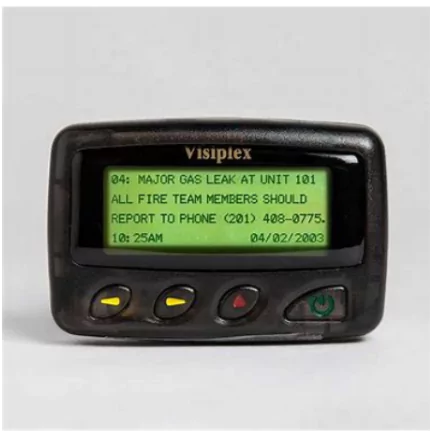
|
Context: At least nine people died and nearly 3,000 were injured in Lebanon after thousands of Hezbollah’s pagers, allegedly rigged with explosives by Israel’s Mossad, exploded.
- Pagers
- About: A pager is a small, portable device used to receive short messages or alerts.
- Operates on: It operates on a radio frequency network.
- Working of Pagers: Pagers work by receiving wireless signals transmitted over a radio frequency network.
- Message Sent: A message is sent to the pager via phone or computer, then relayed through a paging network’s base station.
- Radio Signal Transmission: The paging system then broadcasts a radio signal, carrying the message, to the pager’s unique identification code (address). This signal is transmitted over dedicated radio frequencies.
- Pager Receives Signal: The pager listens for signals on the specific frequency and, when it recognizes its code, it picks up the transmitted message or phone number.
- Alert: Upon receiving the message, the pager alerts the user and the message is displayed.
- Hezbollah:
- About: Hezbollah is a Iran backed Shia Islamist political party and militant group rooted in Lebanon, which arose in the 1980s in response to the Israeli occupation of southern Lebanon.
- It is designated as a terrorist organisation by several nations, including the United States and Israel.
- Reasons for Iran Backed Hezbollah’s Reliance on Pagers:
- Evade Israeli location-tracking: Pagers use their own frequency and are therefore considered more reliable as they bypass mobile telephone networks that can be impacted by frequent interruptions, connection issues or can be intercepted.
- They offer reliable, real-time communication in areas with poor cellular coverage or during emergencies.
|
Green Climate Fund (GCF)
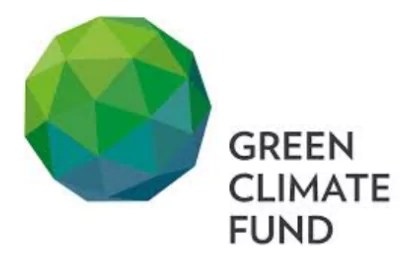
|
Context: The head of the GCF is working to assist vulnerable nations that have not yet received any funding from this major climate finance source.
More on the news
- The GCF has identified 19 climate-vulnerable nations that have received little or no funding from the organisation.
- These nations include Algeria, the Central African Republic, Chad, Iraq, Lebanon, Mozambique, Papua New Guinea, South Sudan, and Somalia.
About Green Climate Fund
- Founded: It was set at COP 16 held in Cancun in 2010
- Headquarters: Songdo, Incheon, South Korea.
- It is a major climate finance organisation.
- It was established under the framework of the United Nations Framework Convention on Climate Change.
- This fund focuses on the needy societies that are highly impacted by climate change such as Least Developed Countries (LDCs), Small Island Developing States (SIDS), and African States.
- The funds help countries:
- Reduce greenhouse gas emissions.
- Adapt to climate change effects such as storms, droughts, heatwaves, and rising sea levels.
- Goals of GCF:
- Enhance the organization’s role as a key partner for the most vulnerable nations.
- Ensure funds are used effectively where they are needed most.
|
Demchok and Depsang friction points
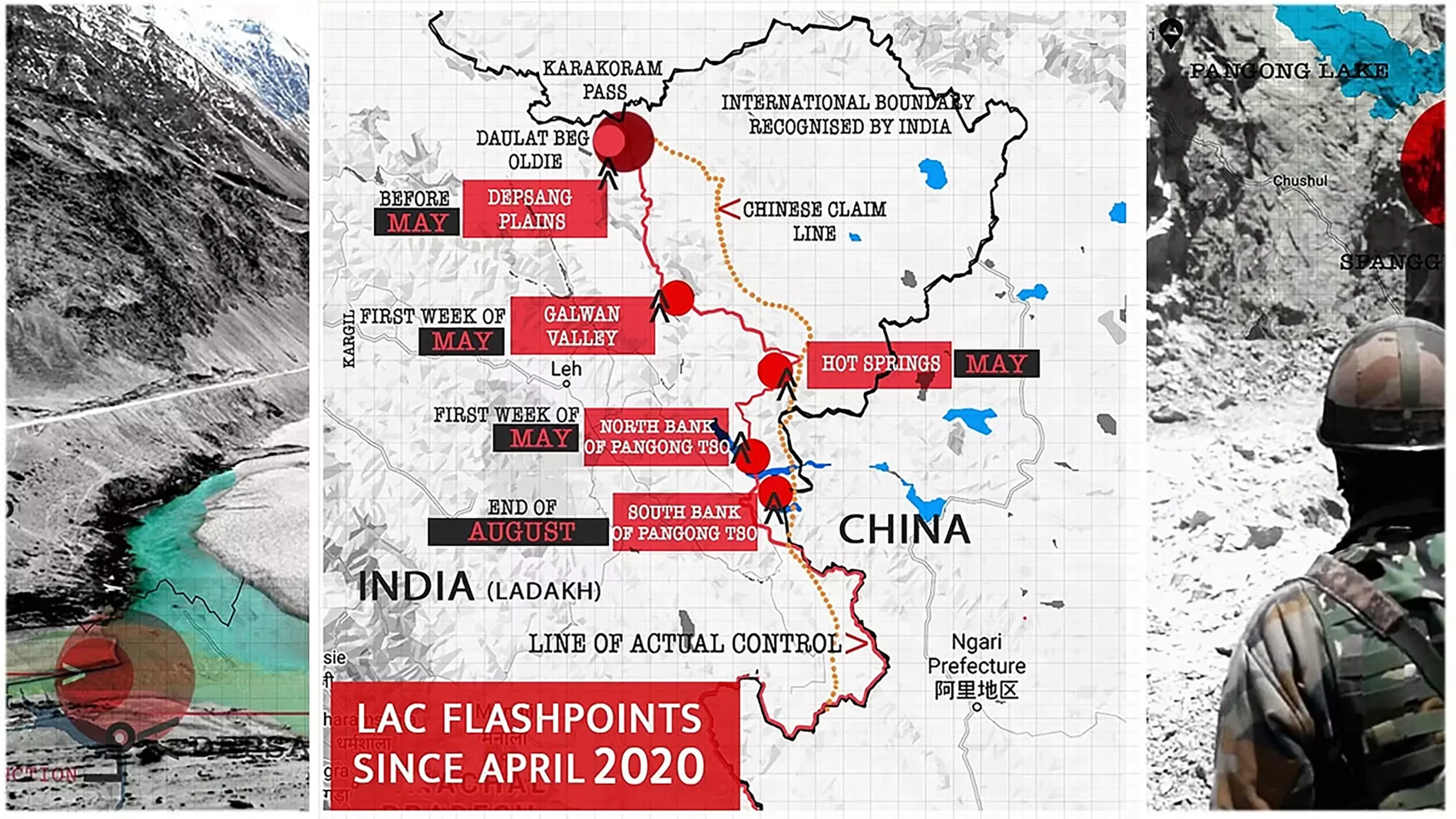
|
Context: External Affairs Minister claimed that 75% of disengagement between India and China along the Line of Actual Control (LAC) in eastern Ladakh is complete.
About Demchok and Depsang Friction
- Location: Both Demchok and Depsang are in Eastern Ladakh, along the Line of Actual Control (LAC) between India and China.
- Issue: These areas are the source of tension between India and China.
- Military Standoffs: Both regions have seen prolonged military standoffs.
- Unresolved Issues: There has been no resolution to the disputes in these areas.
Disengagement Status at the Border
- Disengagement Areas: China also acknowledged that both sides have undertaken disengagement from four areas in the border areas.
- Current Facts:
- Partial Disengagement: India and China have mutually agreed and verified disengagement from five of seven friction points.
- Galwan Valley (post-June 2020 clash)
- North and South Banks of Pangong Tso (February 2021)
- Patrolling Point (PP) 17 in Gogra-Hot Springs (August 2021)
- PP15 (September 2022)
- Pending Issues: Two friction points, Demchok and Depsang, are still unresolved.
- Lack of Progress: There has been no significant progress on resolving these two points in the past two years.
Challenges and Concerns
- Infrastructure Build-Up: Both India and China are heavily improving their infrastructure and increasing their military presence along the 3,488 km-long Line of Actual Control (LAC).
- De-escalation Difficulties: The large-scale deployment of troops and equipment by both sides makes it hard to return to the conditions that existed before the standoff began.
|
![]() 18 Sep 2024
18 Sep 2024
